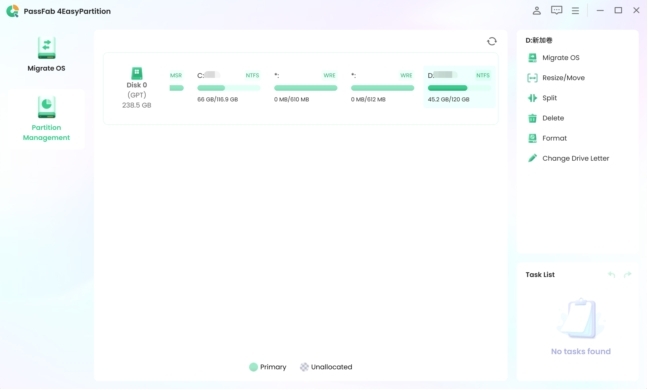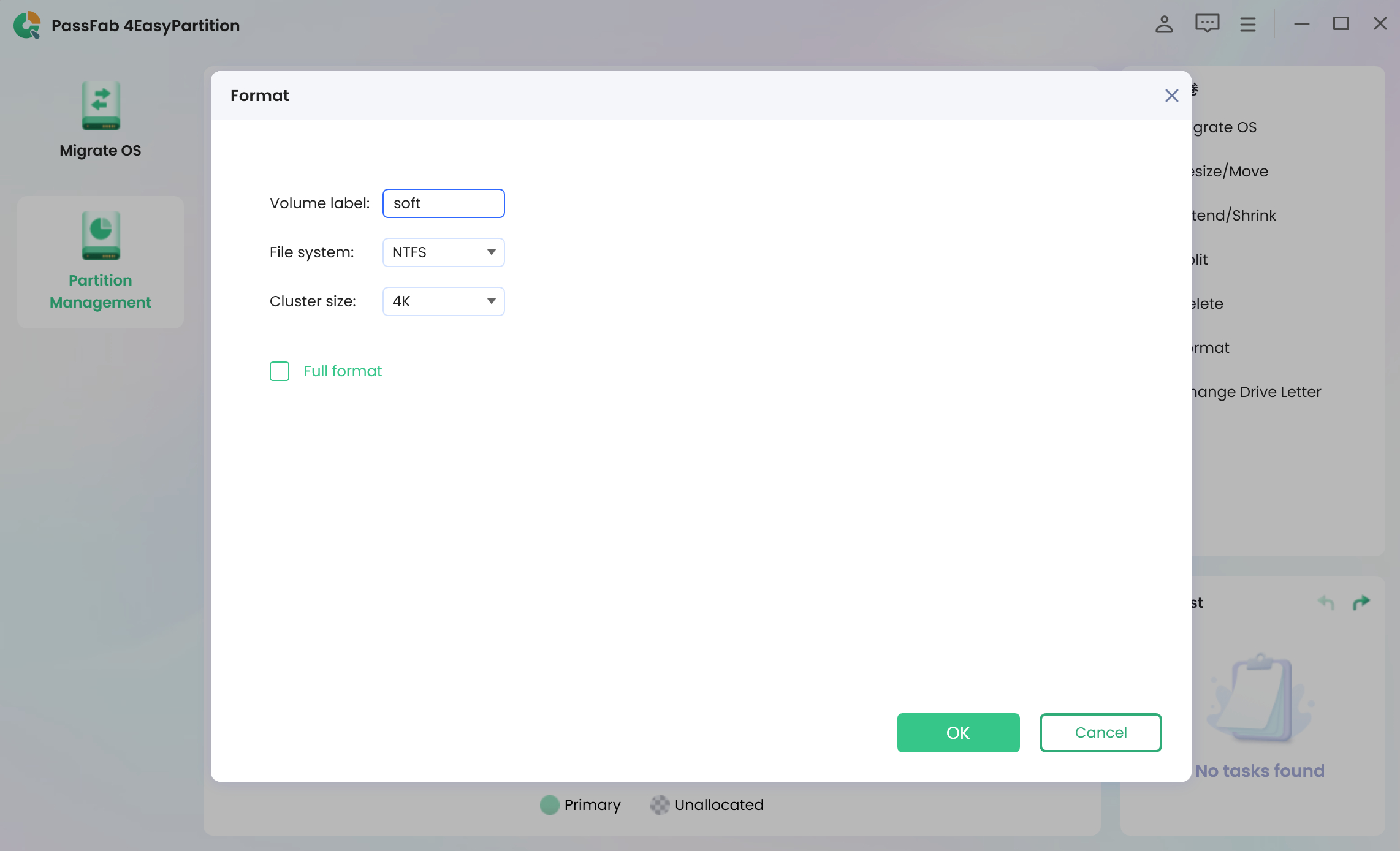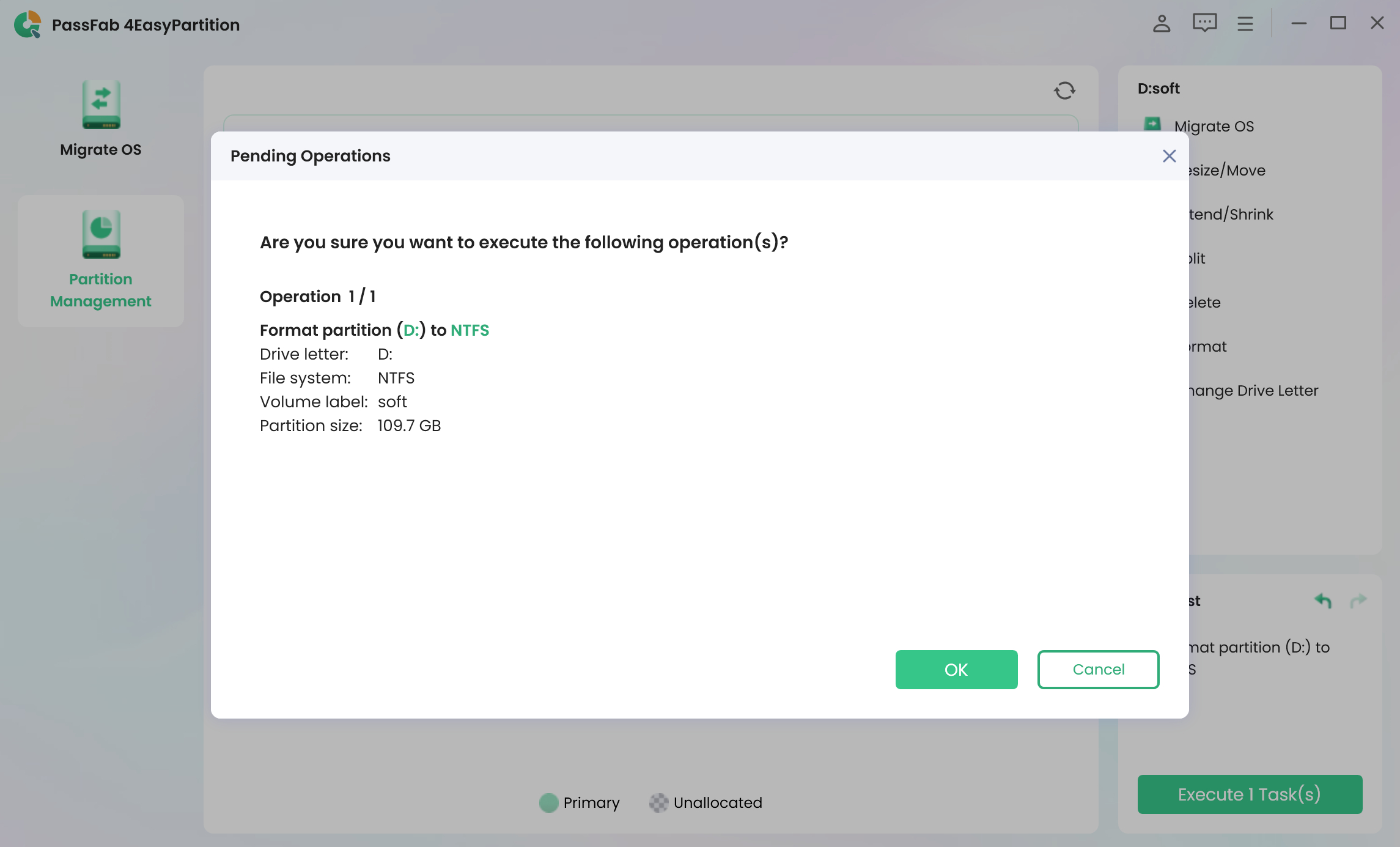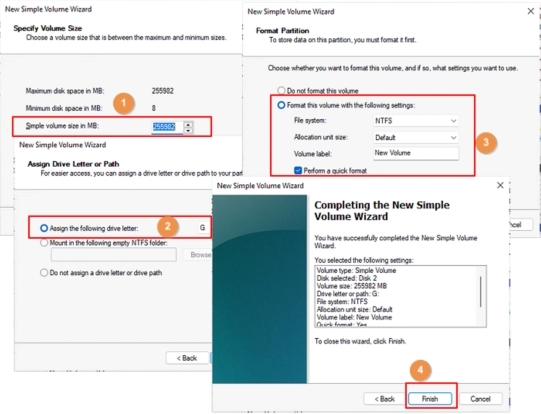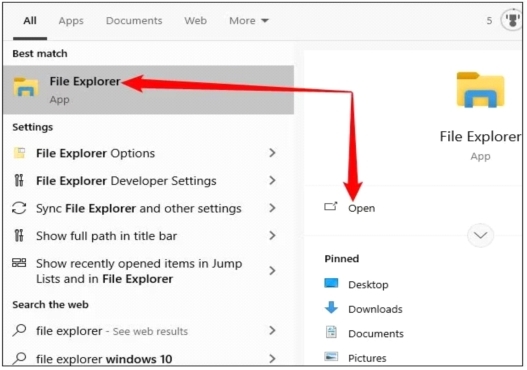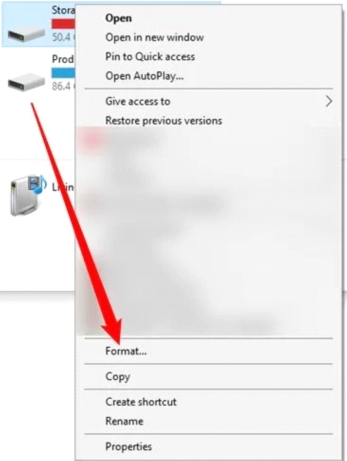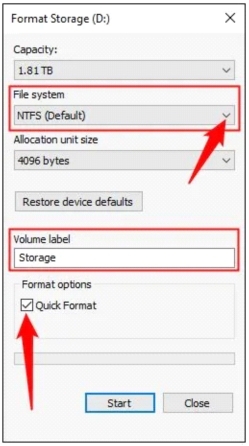The first step you take before applying a new SSD that you have bought is to format it. A fresh SSD may be made ready to store your files, documents, and other data by formatting it. Although some users may find it to be a difficult task, it's a simple procedure that can be carried out in several ways. We'll look at four alternative ways how to format a new SSD in Windows 10/11 in this article. Regardless of your level of experience, these step-by-step instructions will help you format your SSD and make it ready for implementation.
Part 1. Do I Need to Format a New SSD Before Use?
Part 2. What Format Should I Use for New SSD?
Part 3. Precautions before formatting an SSD
Part 4. How to Format a New SSD?
- Way1: Format new SSD with PassFab 4EasyPartition
- Way 2: Format New SSD with Disk Management
- Way 3: Format an SSD In File Explorer
Part 5. FAQs
- Q1: How Do I Format an SSD in Windows 10?
- Q2: How Do I Format an SSD in macOS?
- Q3: How do I format an SSD from BIOS?
- Q4: Will formatting the SSD damage it?
- Q5: Do I need to format a new SSD before installing Windows 10?
Final words
Part 1. Do I Need to Format a New SSD Before Use?
A new SSD must be formatted before usage for several reasons. The term "Format" is used with the term "File System." Both decide which type of file is stored and how a user can read, write, and edit it. A brand-new SSD has no file system because it is installed as a feature of the operating system. That is why you need to format a new SSD.
Second, formatting an SSD ensures that the drive is free of any mistakes or flaws by erasing any previous data and partition tables.
Additionally, formatting an SSD with the appropriate file system guarantees that it is appropriate for your hardware and operating system. To guarantee a new SSD performs at its best and is compatible with your system, formatting it is an important process.
Tips: When Need to Format SSD?
Installing a new operating system
You might need to format your SSD before installing it if you're upgrading to a new operating system. In the parts following, we shall see how to format an SSD.
Erasing all data
This is a good option if you want to start over from scratch or if you want to sell or give your SSD.
Fixing file system faults
A formatting operation can be required to solve the issue if your SSD is exhibiting file system errors, such as corrupted files, frequent crashes, or sluggish performance.
Getting rid of viruses
Formatting your SSD might be a good approach to getting rid of malware or viruses that have contaminated it and starting again.
Optimizing performance
Formatting your SSD may assist optimize its performance by freeing up space and ensuring that the file system is clean and efficient.
Part 2. What Format Should I Use for New SSD?
- The file system format to select when formatting a new SSD will rely on the individual requirements of the user and the operating system they want to employ.
- The NTFS file system is the default for Windows and is a smart choice if the user does not need to share the SSD with other operating systems.
- The exFAT file system is a newer format that enables greater file sizes and is compatible with both Windows and Mac operating systems.
- The FAT32 file system is an outdated format that works with the majority of operating systems but has a 4GB file size restriction.
- The APFS file system, which comes standard on Mac machines and includes features like encryption and snapshotting, is designed for work with SSDs.
Tips: What format should SSD be for Windows 10?
The NTFS (New Technology File System) file system format is suggested for SSDs (solid-state drives) running Windows 10. The default file system for Windows is called NTFS, and it was designed with SSDs in view. Large file sizes are supported, including built-in security features including file permissions and encryption. NTFS also allows file encryption, compression, and compression of individual files.
Part 3. Precautions before formatting an SSD
Before seeing how to format new ssd , be sure to take the following safety precautions:
Data backup
Before formatting your SSD, be sure to create a copy of all of your vital files on a different storage medium, such as an external hard drive, the cloud, or a USB drive.
Disconnect other drives
Before formatting the SSD, unplug any additional USB or external devices that are plugged into your computer. This will help you prevent formatting the wrong disc by accident.
Disable encryption
Before formatting your SSD, make sure to turn off encryption if it is.
Select the appropriate file system format
Select the appropriate file system format by your unique requirements and the operating system you intend to use.
Use a trustworthy formatting tool
To format your SSD, use a trustworthy formatting tool, such as the Disc Management tool included with Windows.
Part 4. How to Format a New SSD?
PassFab 4EasyPartition is a flexible partition management software that provides Windows users with several helpful functions. This software may assist you in resizing, creating, deleting, and formatting partitions on your hard drive or SSD in addition to formatting a new SSD.
Additionally, it supports dynamic disk management, enabling you to switch between dynamic and basic discs. One of PassFab 4EasyPartition's main benefits is its user-friendly interface, which makes managing partitions simple for users of various skill levels.
Format new SSD with PassFab 4EasyPartition
-
Get PassFab 4EasyPartition installed on your Windows machine.
-
From the list, select the partition you wish to format. Click "Format" after that.

-
You can rename the volume label and reset the file system and cluster size in the pop-up window.

-
After clicking "OK," a risky pop-up message warning that formatting a partition would destroy all data on the disc will appear. To confirm the action and include it in the task, click "OK". Click "OK" to act after checking your execute work.

Format New SSD with Disk Management
The exact methods to format new SSD using Windows' Disk Management are listed below:
-
Connect the new SSD to your PC. Select "Disc Management" by pressing the Windows key + X.
-
Select "New Simple Volume" with a right-click on the new SSD. In the "New Simple Volume Wizard" window, click "Next".
-
Choose the volume size and press "Next".
Select "Next" after assigning a drive letter or mounting the new volume to an empty NTFS folder. Select either the NTFS or FAT32 file system.
Choose "Perform a quick format" and provide a volume label (optional). To confirm the settings and format the new SSD, click "Next". To end the wizard, click "Finish".

Format an SSD In File Explorer
Use File Explorer to format an SSD for Windows 10 by following these steps:
-
Connect the SSD to your PC. Locate the SSD in File Explorer.

-
Perform a right-click on the SSD and choose "Format" from the context menu. Select the file system you want to use, such as NTFS or FAT32, in the "Format" window.

-
Decide the size allocation unit to utilize. (Optional) Enter a volume label.
To execute a quick format, use the "Quick Format" option. To format the SSD, click "Start".
Format SSD with CMD
-
Connect the SSD to your computer. Open Command Prompt as an administrator.
-
Type "diskpart" and press Enter. Type "list disk" and note the disk number of the SSD you want to format.
-
Type "select disk X" (replace "X" with the disk number of the SSD). Type "clean". Type "create partition primary". Type "format fs=ntfs quick".
Wait for the formatting process to complete. Type "exit".

Part 5. FAQs
Q1: How Do I Format an SSD in Windows 10?
You may use programs like
Q2: How Do I Format an SSD in macOS?
Use the built-in Disk Utility tool in macOS to format an SSD. Connect the SSD, launch Disc Utility, pick it, click "Erase," select a format (such as APFS or Mac OS Extended), and then click "Erase" once more.
Q3: How do I format an SSD from BIOS?
How to format an SSD via BIOS, you must first boot into the BIOS configuration, select the SSD, and then select "format" or "erase" from the boot menu. The drive's whole contents will be erased if you do this.
Q4: Will formatting the SSD damage it?
An SSD may be formatted as part of a routine process to get it ready for usage, and there is no risk of the drive being physically harmed. It's typically advised to only format the disc when necessary because repeated formatting will shorten the lifespan of an SSD.
Q5: Do I need to format a new SSD before installing Windows 10?
Before installing Windows 10, a new SSD doesn't necessarily need to be formatted; the Windows installation process itself can do this. To ensure a clean installation and improved performance, see the above instructions on how to format a new ssd Windows 10.
Conclusion
For a new SSD to work with your system and function at its best, formatting is essential. Four efficient methods how to format a new ssd in Windows 10 or 11 have been described in this article. PassFab 4EasyPartition differentiates itself from the competition because of its simple interface and strong capabilities. We strongly advise utilizing it if you want a hassle-free experience.
